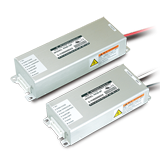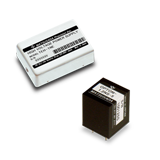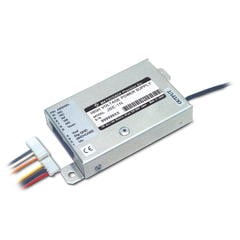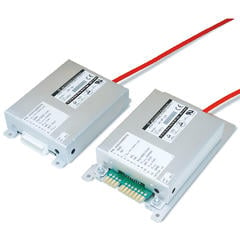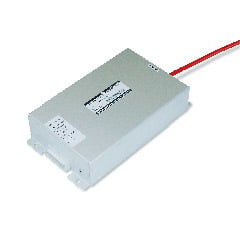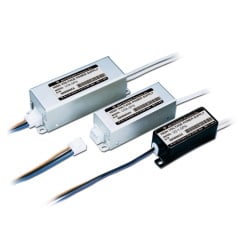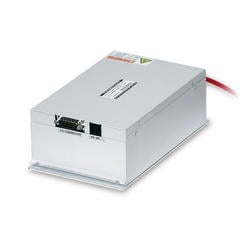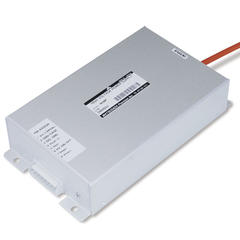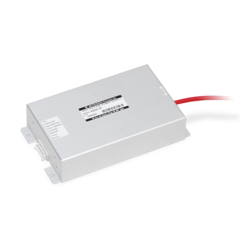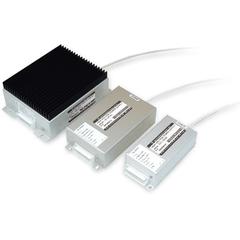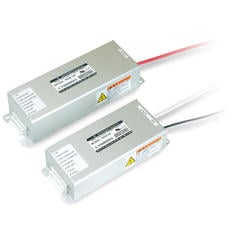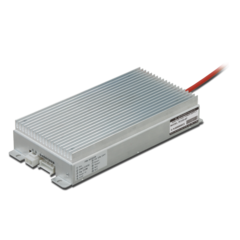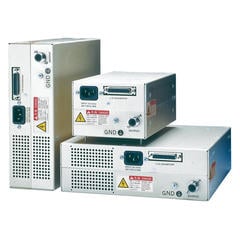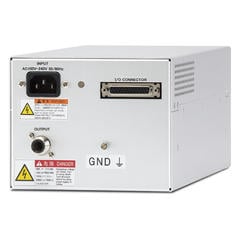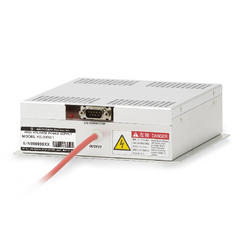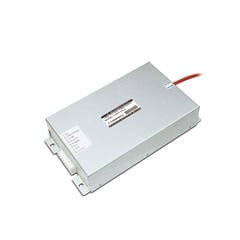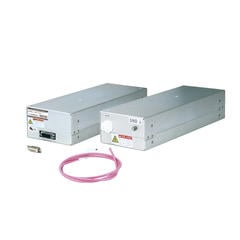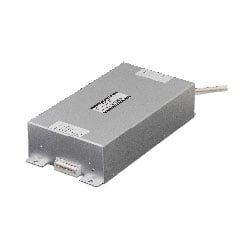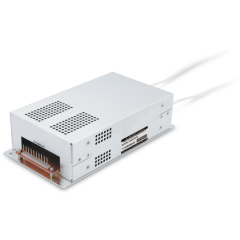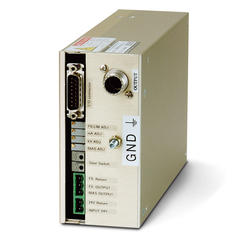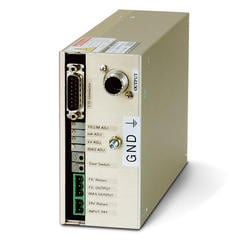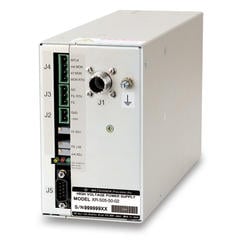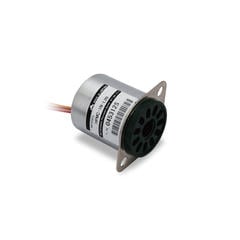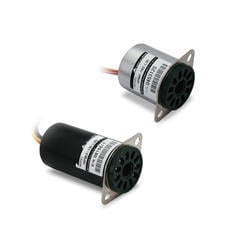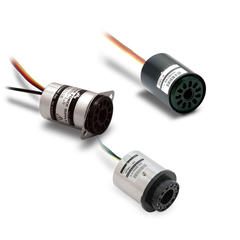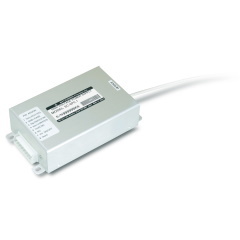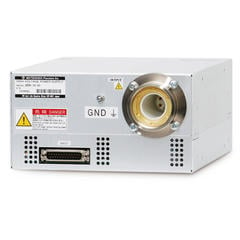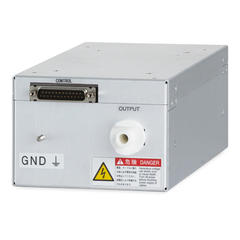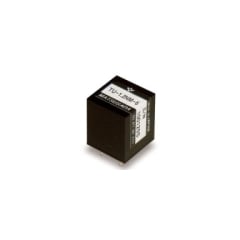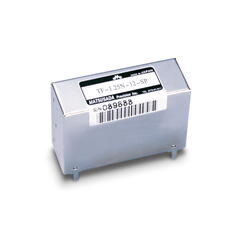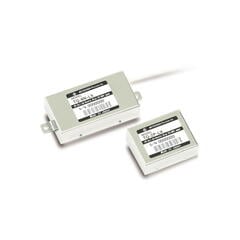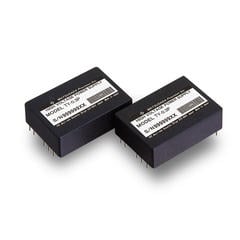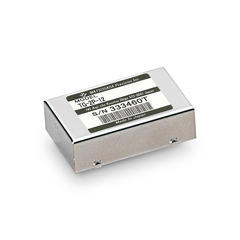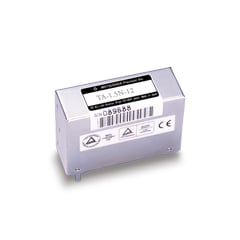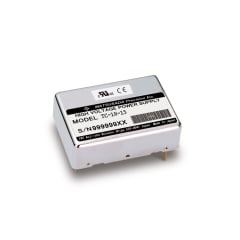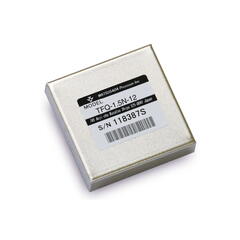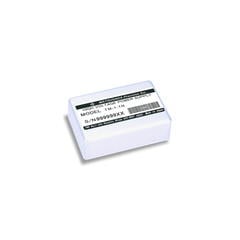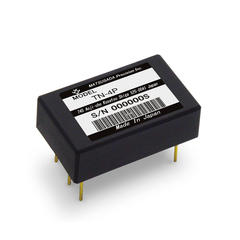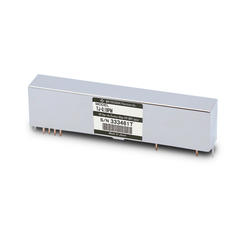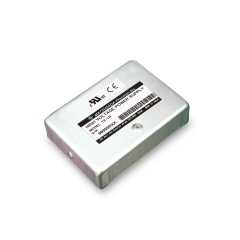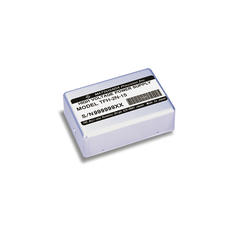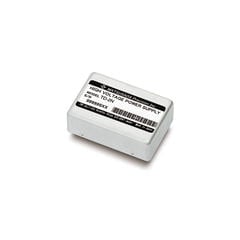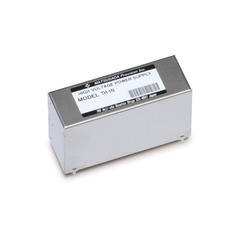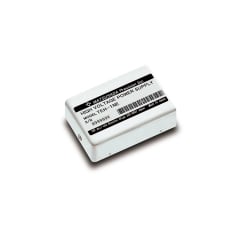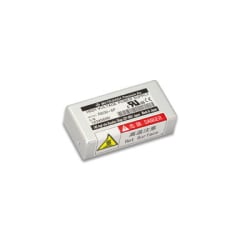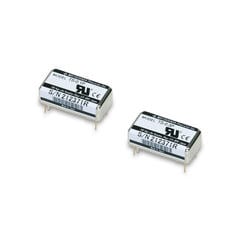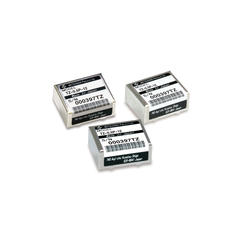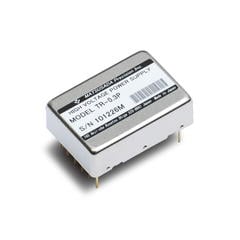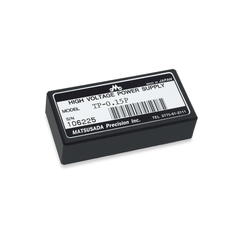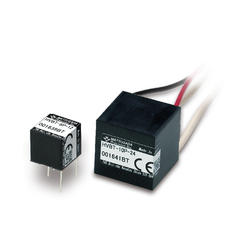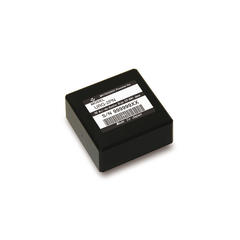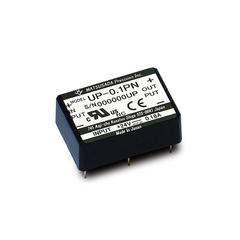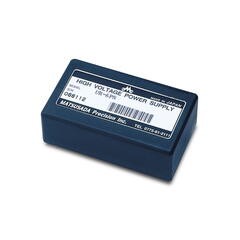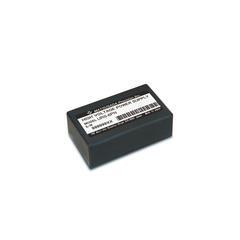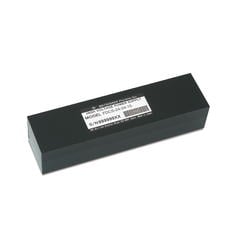Module (Chassis mount) Type
PCB mount (On-board) Type
When selecting high voltage power supplies Please read before operation
- Power supplies in the datasheet are designed and manufactured with the safety of high voltage power supplies, but follow the operating instructions in the datasheet for operation, and connect the power supplies to the earth ground for safety.
- Power supplies in the datasheet are, except for 6kV and below models of input/output proportional type, designed on condition to be operated on ground level. Models 6kV and below of input/output proportional type must be operated within the dielectric voltage specified in the datasheet.
- External high voltage applied to power supplies in the datasheet can cause power supply failure. Protection circuits are there to protect power supplies from failures, and not to protect loads or devices connected to power supplies. Add required solutions for devices connected to high voltage power supplies if needed.
Technical Note Input/output proportional type/Regulated high performance modules
The values of the specifications in the datasheet refer to values at maximum rating output (full scale) after 30 minutes warm-up unless otherwise specified.
Scope of application of specifications
Ripple/Regulation/Voltage setting accuracy/Temperature coefficient: Application of regulated modules is within Fig. 1.
For input/output proportional type, the horizontal axis shall be limited by output voltage range (refer to the specification page)
Linearity: The covered range is 10 to 100% of output voltage. Range of Fig. 2
All values are full-scale.


Cause of mis-operation and check list.
Power supply is not a device to be operated by itself, so proper operation might not be secured due to wrong operation or matching to load. Below table shows symptoms which are often considered a power supply failure. Please check these points before returning it to the factory.
| Symptom | Cause | Check point |
|---|---|---|
| No output voltage | Wrong connection (especially input side) | Check the connection again. |
| Output voltage does not increase | Insufficient input current | Try with proper input power supply |
| Capacitance of input current is insufficient | ||
| Overcurrent condition | Check if voltage increase without load | |
| Output wire is broken | Check the conductivity | |
| Impedance of voltmeter to measure voltage monitor is not proper | Try with a voltmeter with over 10 MΩ impedance | |
| Voltage monitor is not correct | Impedance of voltmeter to measure voltage monitor is not proper | Try with a voltmeter with over 10 MΩ impedance |
| Current monitor is not correct There is offset |
Measure with ammeter | |
| Impedance of voltmeter to measure current monitor is not proper | ||
| Offset voltage is not cancelled | Cancel the offset referring to example of circuits in the datasheet | |
| Make high frequency sound | Overcurrent condition | Check if there is still sound with rated load or without load |
| Ripple noise is larger than the datasheet specification | Noise is add on from outside | Try with input power supply with no noise |
| Shield the input wire | ||
| Earth at one point | ||
| Keep away from noise source |




